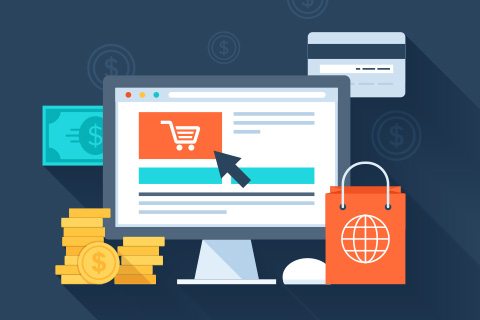The historical metric that is tossed around often is the general “conversion rate” (the percentage of users who take a desired action, i.e. total sales divided by total users). With today’s fragmented channels, this is deeply flawed as a metric.
First, what is a “good conversion rate”? Across all industries it’s estimated between 1-2% above 2% is possible, but often found in niche markets with limited competition.
Without getting too far off track, users often visit a site more than once prior to making a purchase. However, with the fragmentation of how users access content (cell phone, tablet, PC’s) often these multiple visits are hidden from the data as Google/analytics software see’s a visitor by the unique device, rather than the person behind it. This is why a broad, general stat I find to be almost useless.
For all of my ecommerce clients, we look at 3 key metrics that tell far more about user intent and marketing success.
Added To Cart
How many of your users were on a product page, and clicked the add to cart button. This is simple statistic will help gauge the quality of the traffic that you’re buying/getting.
Try and identify this conversion rate across device as well. A 2016 report from Adobe Mobile highlights that only 16% of shopping carts turn into orders on a mobile device, whereas 22% from tablets and 26% from desktop.
Keep in mind that every industry is different, and in the year since this study was released, mobile has continued to grow. In over half of my clients, mobile our sells desktop by the numbers, but the average sale is higher for desktop transactions. From a conversion perspective, mobile is lower, but also drives more traffic overall.
Conversion Of People From Cart to Checkout
Once they get to your cart page, do they checkout? We know that cart abandonment is huge, as most people browse, tire-kick and ultimately “think about it”. This statistic is obviously part of the conversion funnel, but one that can be improved with on page marketing as well.
Keep in mind that some sites (all of mine at the moment ) redirect the user to the cart once they’ve placed an item in the cart, others rely on the user to ultimately click the cart icon to complete the transaction. This difference will impact the stats.
Here are some tips that I’ve used across many sites with success.
- Tip: Add a coupon code incentive to the site, or your cart page specifically.
- Tip: Have a free shipping option. For some reason, people really expect this in the post Amazon Prime days.
- Tip: Add customer reviews to the cart page. Don’t over do it, but when building a brand that is less known, sometimes displaying reviews or security credentials helps a user with the warm and fuzzies.
- Tip: If you don’t have coupons, remove the “Got a coupon” section. Many out of the box platforms have this by default. If you have it there, people will open a new window, search for coupons on Google and may never return.
Checkout to Sale Conversion
Lastly, how many people made it to the checkout page (unique people) and how many of those converted. This number should be between 60-80%. If it’s not, there’s typically an issue with your layout or messaging.
A few tips that I’ve used:
- Tip: Adding a marketing message, or link to your return policy
- Tip: Make sure you have credit card processing on your site, as well as Paypal. The more options (Paypal, Apple Pay etc) a user can pay you, the higher chance they will. (Within reason try to avoid the obscure credit cards and overwhelming the user).
- Tip: You can try adding testimonials here as well, but test and track. This page should be designed to keep the user focused on submitting.
- Tip: Try a multi step checkout process.
- Tip: Make sure your checkout process is mobile friendly.
In Closing
By monitoring these three stats, you’ll be able to accurately evaluate how your marketing changes and optimizations impact your sales. Like everything in marketing that can be tracked as a statistic, it’s important to keep a handle on what the stats mean to your business and users, not just the change in the numbers.
Please keep in mind that there is no silver bullet, or one size fits all. While comparing your stats to others is a good method to stay honest and balanced, every business is different. For example, some clients have global retail outlets, your online marketing will benefit those channels as well. Depending on the product (cars for example) your online sales conversion will be lower, as your customers are completing the transaction elsewhere.



